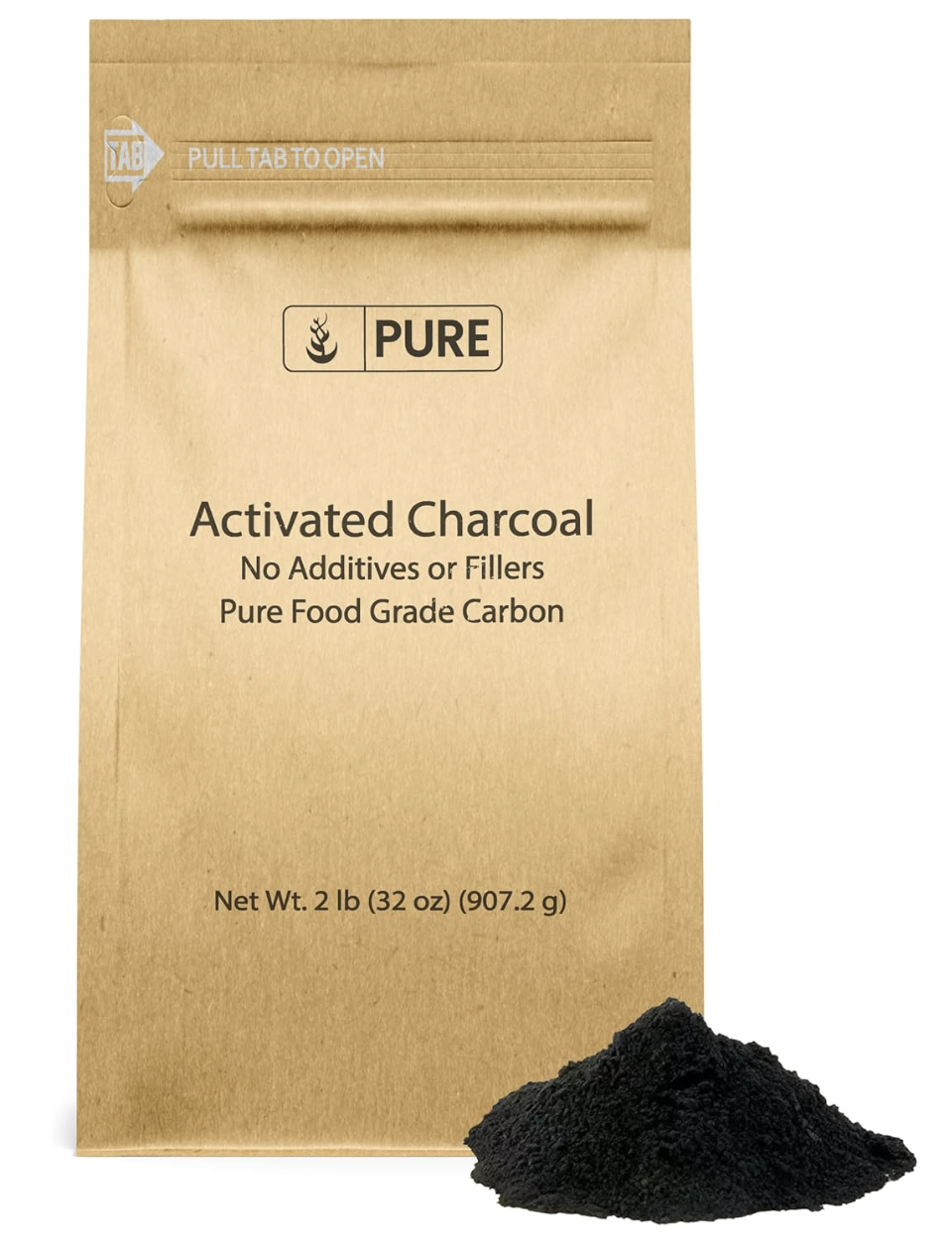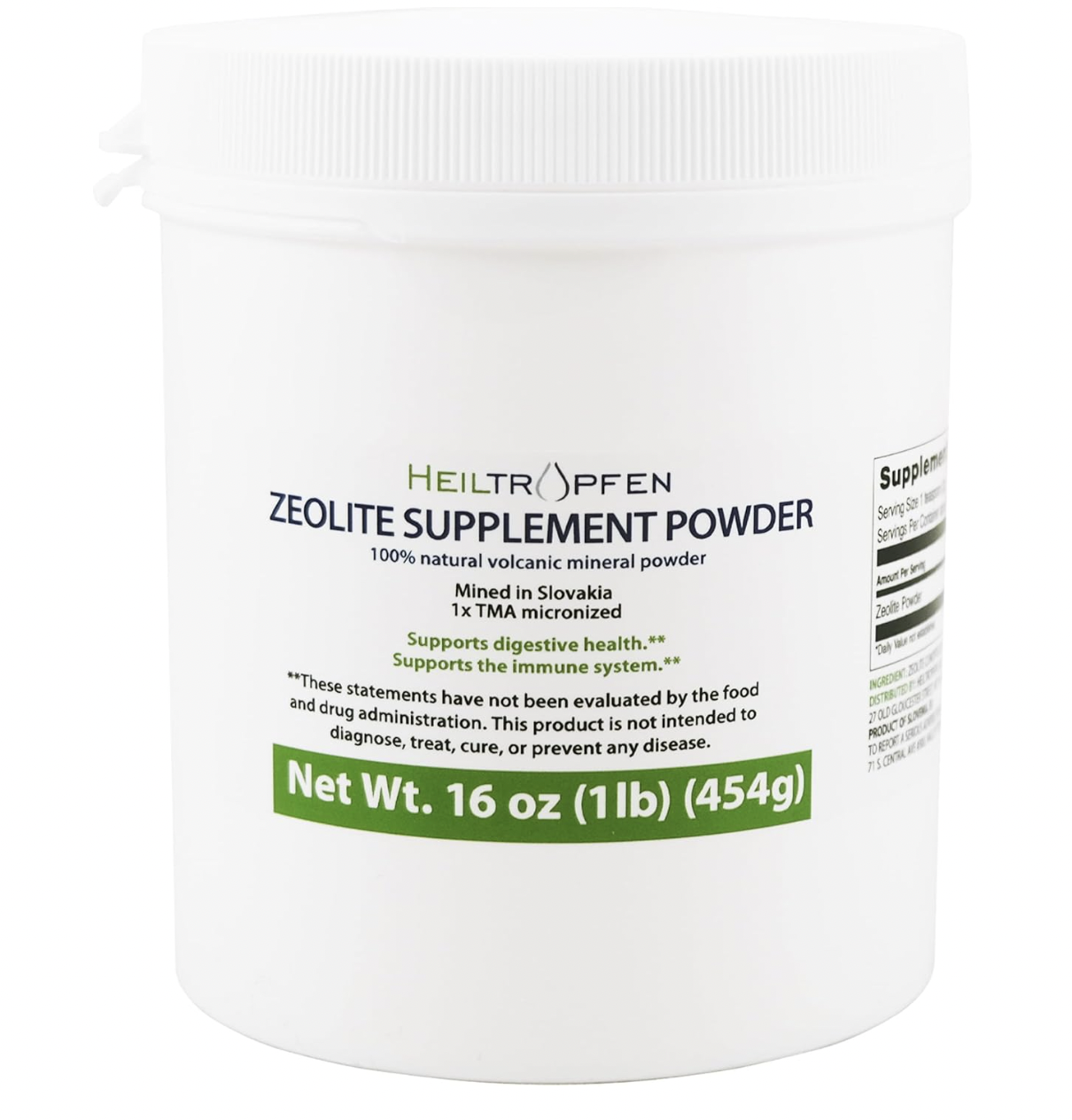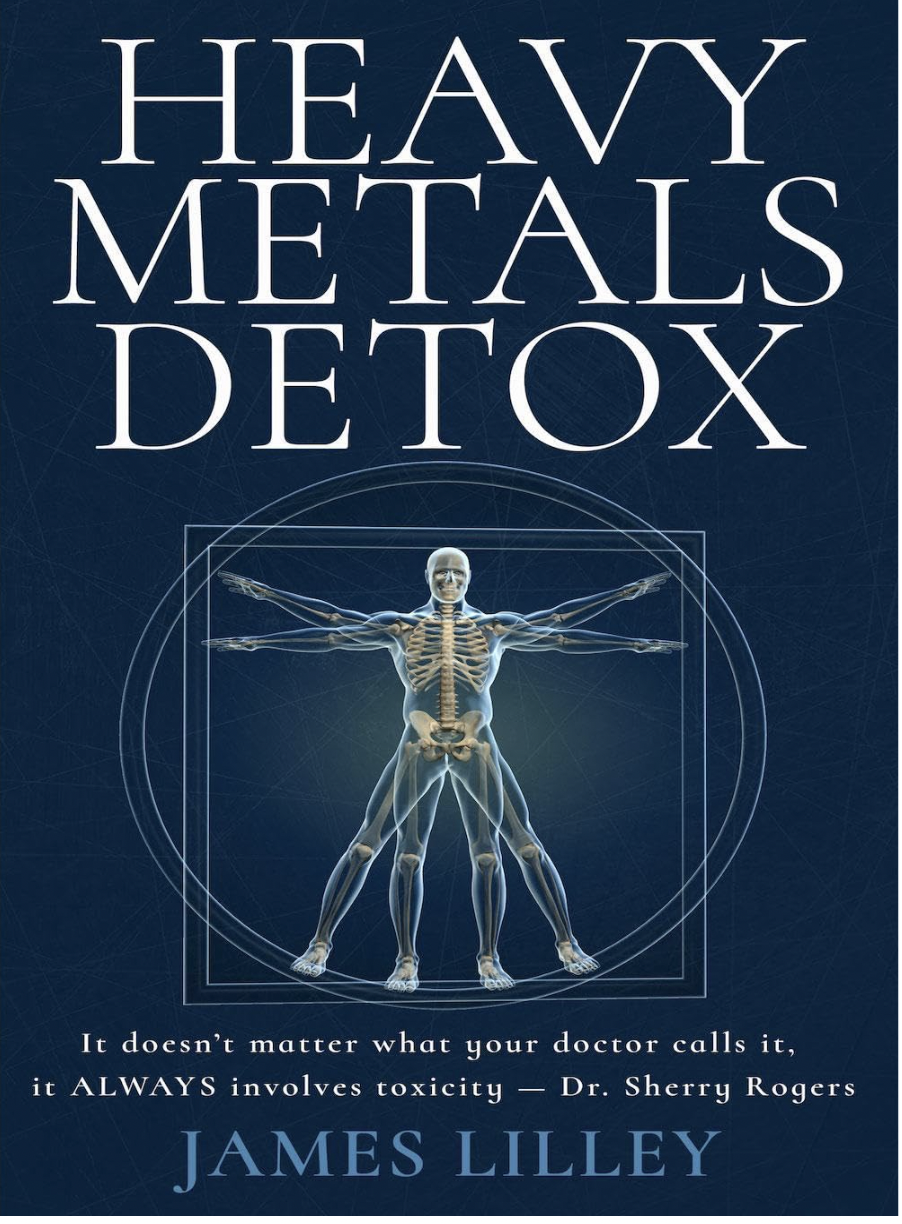
Heavy Metals in the Body: Understanding, Effects, and Detoxification
Heavy metals are natural elements with a high atomic weight and density that are toxic even at low concentrations. While some, like zinc and iron, are essential for human health in trace amounts, others, such as lead, mercury, cadmium, and arsenic, can be harmful and accumulate in the body, leading to various health issues. This article explores what heavy metals are, how they enter our bodies, their effects, and ways to remove them.
What Are Heavy Metals?
Heavy metals include both essential and toxic elements. The toxic ones are the focus when discussing contamination and health risks. Common toxic heavy metals include:
- Lead (Pb): Found in old paint, contaminated water, and some ceramics.
- Mercury (Hg): Found in fish, dental fillings, and industrial emissions.
- Cadmium (Cd): Found in batteries, cigarette smoke, and some fertilizers.
- Arsenic (As): Found in contaminated water, pesticides, and certain foods.
How Do Heavy Metals Enter the Body?
Heavy metals can enter our bodies through various sources:
- Food and Water: Contaminated fish (mercury), crops grown in polluted soil (cadmium and arsenic), and water supplies (lead and arsenic) are common sources.
- Air Pollution: Industrial emissions and cigarette smoke release heavy metals into the air.
- Household Products: Old paints, cosmetics, and cookware may contain lead or other metals.
- Occupational Exposure: Jobs in mining, welding, or manufacturing can expose individuals to heavy metals.
- Dental and Medical Devices: Mercury from amalgam fillings and certain medical procedures may introduce metals into the body.
What Do Heavy Metals Do to the Body?
Once heavy metals enter the body, they can accumulate in organs like the brain, liver, kidneys, and bones. Over time, this can lead to toxic effects, including:
- Neurological Damage: Mercury and lead are neurotoxic, potentially causing memory loss, cognitive decline, and developmental issues in children.
- Kidney Damage: Cadmium and lead can impair kidney function.
- Immune System Dysfunction: Arsenic and other metals can weaken immunity.
- Hormonal Imbalance: Metals can mimic or disrupt hormonal functions.
- Cancer Risk: Arsenic and cadmium are classified as carcinogens, increasing cancer risks.
- Oxidative Stress: Heavy metals generate free radicals, damaging cells and DNA.
When to Get Tested
- Symptoms Suggesting Heavy Metal Toxicity: Chronic fatigue, brain fog, memory issues, gastrointestinal distress, unexplained headaches, skin issues, or developmental delays in children.
- Occupational or Environmental Exposure: Working in industries with high metal exposure risk or living in areas with polluted water or air.
- Routine Screening for High-Risk Individuals: If your lifestyle, occupation, or medical history suggests possible exposure.
How to Remove Heavy Metals from the Body
REMOVE HEAVY METALS NOW WITH PURE BODY EXTRA!

 ADVANCED CELLULAR CLEANSE
ADVANCED CELLULAR CLEANSE DETOXES HEAVY METALS
DETOXES HEAVY METALS NATURAL MINERAL, SAFE FOR ALL AGES
NATURAL MINERAL, SAFE FOR ALL AGES LAB TESTED FOR PURITY
LAB TESTED FOR PURITY
- DETOXIFY WITH ZEOLITE: Support your body's ability to cleanse toxins, heavy metals and pollutants with the original, nanosized natural zeolite.
- ENJOY A NATURAL DETOX: Our 100% natural liquid zeolite is purified to perfection in a cGMP facility, and is non-GMO, making it the ideal support for your whole-body health.
- FOSTER IMMUNE HEALTH: Daily exposure to toxins can interfere with sleep, affect energy and focus, and disrupt immune function.
- EFFECTIVE CELLULAR DETOX: Unlike powdered zeolites, Pure Body Extra uses a unique activated hydrated zeolite optimized to reach to a cellular level.
- ALL-NATURAL DETOXIFICATION: Advanced nanosizing ensures maximum detox benefit with just 4 taste-free sprays, 3 times a day.
Effective detoxification involves reducing exposure and promoting the body’s natural elimination processes. Here are steps to support heavy metal removal:
1. Identify and Minimize Exposure
- Avoid high-mercury fish like tuna and swordfish.
- Use water filters to remove contaminants.
- Choose non-toxic household products and cookware.
- Ensure a lead-free environment, especially in older homes.
2. Support Natural Detox Pathways
- Hydration: Drink plenty of water to support kidney function.
- Fiber-Rich Diet: Fiber helps bind metals in the digestive tract.
- Sweating: Exercise or sauna therapy aids in eliminating toxins through sweat.
3. Consume Detoxifying Foods
- Cilantro and Chlorella: Known for binding and removing metals.
- Garlic and Onions: Contain sulfur, which supports liver detoxification.
- Cruciferous Vegetables: Broccoli, kale, and cauliflower help the liver process toxins.
- Pectin-Rich Fruits: Apples, pears, and citrus fruits bind to metals.
4. Supplement Wisely
- Vitamin C and E: Antioxidants that combat oxidative stress.
- Zinc and Selenium: Help reduce heavy metal absorption and mitigate damage.
- Activated Charcoal or Zeolite: May help bind toxins in the digestive system.
CLICK HERE FOR ACTIVATED CHARCOAL!

CLICK HERE FOR ZEOLITE AND GET RID OF HEAVY METALS!

5. Test for Heavy Metal Levels
- Blood, urine, or hair tests can assess heavy metal levels and guide detox efforts.
Conclusion
Heavy metals in the body pose a significant health risk, but understanding the sources, effects, and methods to detoxify can empower you to minimize their impact. By reducing exposure, supporting your body’s natural detox processes, and seeking professional guidance when needed, you can protect your health and well-being.
CLICK HERE FOR AN AUDIOBOOK ABOUT HEAVY METAL DETOX FOR FREE!

🌟 Discover Your Divine Connection with Kemetic Wisdom! 🌟
Are you ready to deepen your spiritual journey and connect with the ancient wisdom of Kemet? 🌀 Dive into the Kemetic App, where ancestral knowledge meets modern enlightenment.
✨ Unlock Exclusive Benefits When You Join Through This Link:
Why wait to elevate your spiritual practice? Explore sacred teachings, rituals, and tools that will transform your mind, body, and soul. 🌈
🚀 Click the link to begin your journey today:
Join Now!
Comments (0)
Categories
Recent posts


Planetary Alignment on January 25, 2025: ...
30/11/2024
Tartaria and the Mudflood
22/12/2024
The Vatican’s Jubilee Year - Rituals, ...
20/12/2024



